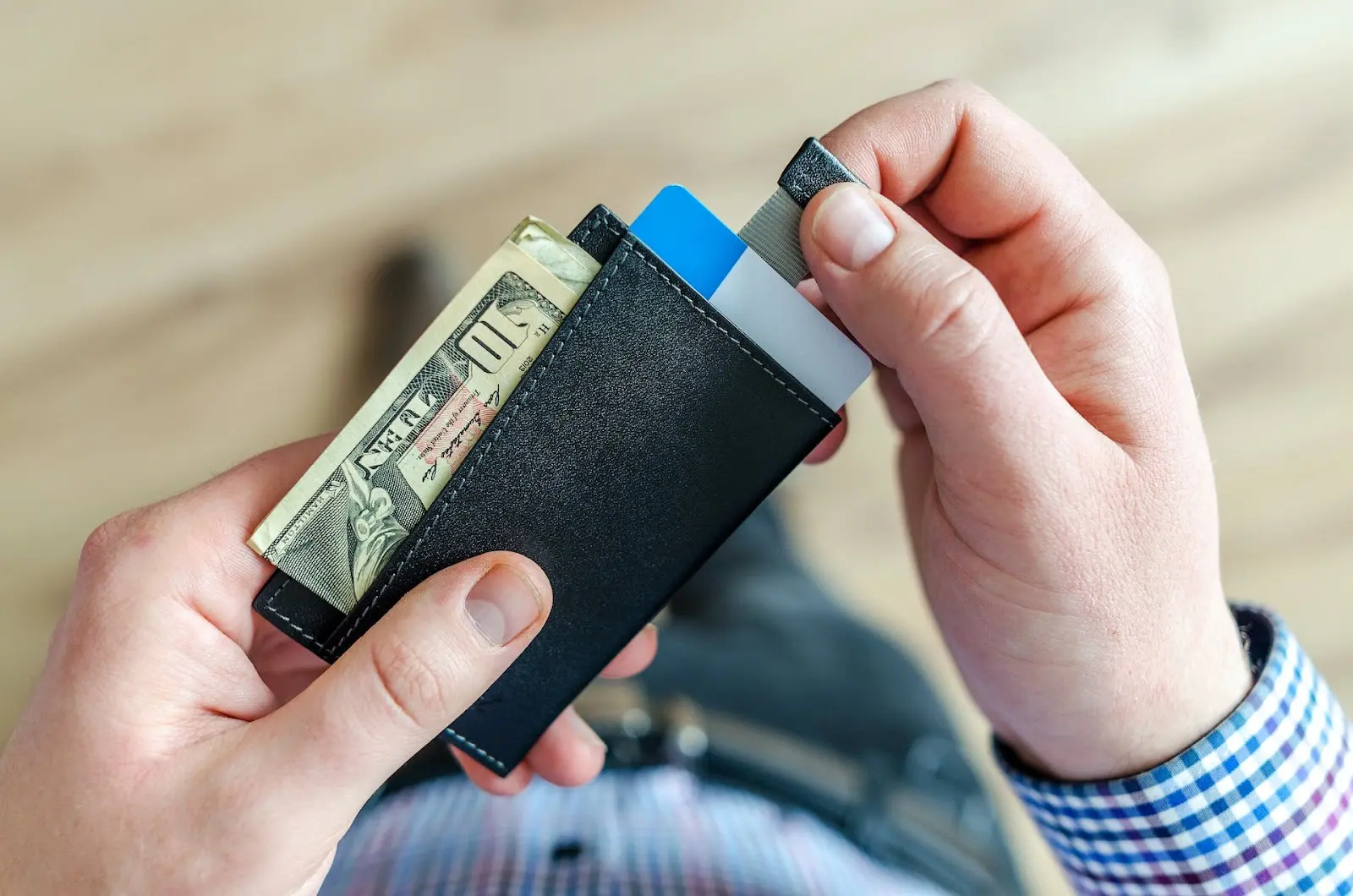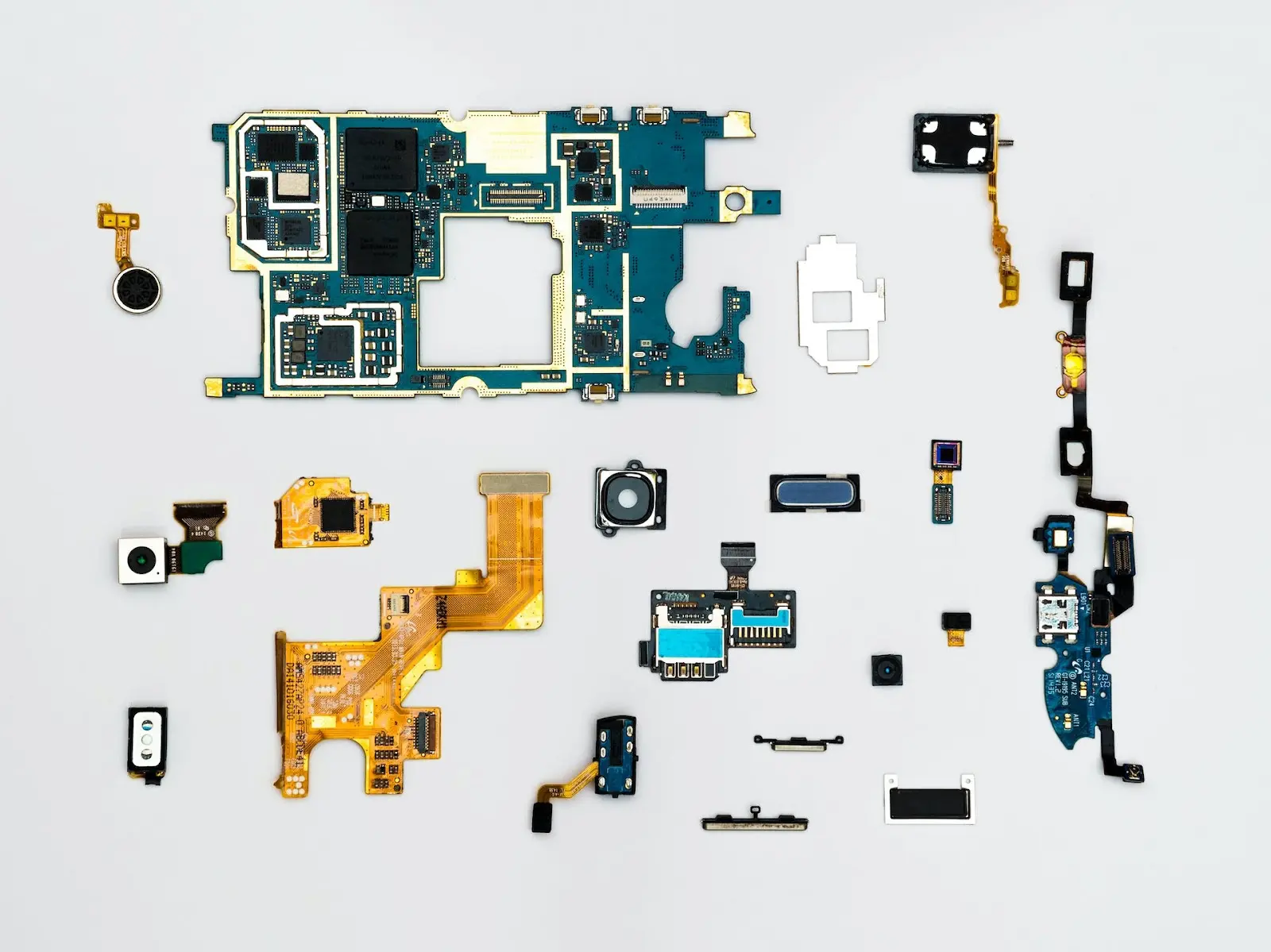What Is a Hardware Crypto Wallet & How to Choose One?

crypto wallets
The first thing new investors should learn before putting their money into cryptocurrencies is how to store their assets safely. It’s one of the critical aspects of investing in the realm of decentralized finance (DeFi). Among a myriad of options, a hardware crypto wallet is often the go-to method recommended by the vast majority of knowledgeable enthusiasts.
But what exactly puts hardware wallets above the rest? Are they really as safe and secure as everyone claims them to be? How do you choose which hardware wallet to use, and once you do, how do you set it up and manage it properly?
We’ll answer all these questions and more in this comprehensive article that untangles all the intricacies surrounding hardware crypto wallets. Let’s jump right in!
What Is a Hardware Wallet?

A hardware wallet is a physical device—often similar in appearance to a USB drive or a credit card—used to secure crypto assets. However, while they have “wallet” in their name, these devices don’t store cryptocurrency directly like regular fiat wallets. Instead, they protect the owner’s private keys, which are used to access and manage crypto funds.
The main benefit of hardware wallets is their ability to keep these private keys offline. That way, a malicious actor can’t connect to your device to steal your keys and crypto. That’s why these wallets are called cold wallets.
They are the opposite of hot wallets, like MetaMask or Exodus Wallet. Hot wallets are connected to the internet for ease of use but are also prone to online attacks. When you properly set up a hardware wallet, it can remain permanently disconnected and only be used to authorize transactions.
Most of these wallets are designed with features that make them impervious to hacking attacks even when connected to compromised devices, such as computers infected with malware. They come with physical buttons or interface features that must be manually used to confirm any action. This approach eliminates the chance of someone remotely accessing your funds.
How Do Hardware Wallets Work?

Hardware wallets work by keeping private keys offline and only using them to cryptographically sign transactions at the owner’s request. While they often look like USB thumb drives, hardware wallets are more akin to purpose-built computers with a couple of simple functions. Most of them have buttons, and some come with displays for better user experience.
To better understand how transaction signing and hardware wallets work, as well as what makes them so secure, we need to understand the fundamentals of cryptocurrency and private keys in the first place.
Cryptocurrencies, while commonly referred to as coins or tokens, are simply bits of information stored on an immutable, decentralized ledger called the blockchain. To access the blockchain and manage their assets, a holder needs two keys, which are:
- Public key or address, which is visible to anyone and used to send assets to. It can be compared to a bank account number in traditional finance (TradFi).
- Private key (also referred to as a secret key) is like a TradFi PIN used to access your bank account. It’s a cryptographic key (usually 25–36 characters long) that allows the holder to authorize transactions. That’s why it should be kept hidden from everyone.
If you use a hot wallet, your private keys are stored on a device connected to the internet. As a result, someone can hack into it, obtain those keys, and transfer your funds to their wallet. On the other hand, hardware wallets are disconnected from the web most of the time, which makes it impossible for anyone to access them apart from physical theft.
Hardware wallets protect you from other network participants, even when you’re actively using your crypto. That’s due to the “crypto bridging” process, where a transaction is signed inside the wallet before being broadcast to the network.
5 Benefits of Using Hardware Wallets
Hardware wallets are considered by many to be the best devices for storing your crypto assets. Here are some of the key benefits of using them:
- Offline storage. One of the most significant upsides of using this storage option is the ability to keep your private keys offline. Hardware crypto wallet, compared to a software solution, is disconnected from the internet most of the time. That makes any type of cyberattack virtually impossible.
- Enhanced security. Hardware wallets introduce an additional layer of security by requiring users to physically interact with them to sign transactions. That means a malicious actor cannot tamper with assets even if they hacked the computer the wallet is connected to. The only way to authorize a transaction is to hold the device personally.
- Recovery options. Hardware wallets feature recovery options in case the devices fail. Most of these wallets require users to write down seed phrases during setup, which are used to recover assets in case their devices get damaged, broken, or stolen. That way, a holder can simply get a new hardware wallet and recover crypto by using a seed phrase.
- Multi-asset support. Most hardware wallets support multiple cryptocurrencies. This allows owners to diversify their portfolios without resorting to managing multiple different wallets. Using one device to manage your cryptocurrency holdings and perform trades and transfers is particularly important to users who want variety in their investments.
- User-friendly experience. While there might be a steep initial learning curve with hardware wallets, most of them are easy to use. They usually come with accompanying software that helps with the setup process and further asset management, including balance viewing and transaction authorization.
How To Choose a Hardware Wallet
Choosing the right hardware wallet is all about finding a device that fits your needs and circumstances. Here are some of the most important aspects to consider before deciding on which wallet you want to go with:
- Safety and security features. Security is paramount with hardware wallets, but not every device and manufacturer is the same. That’s why you should examine the different options to figure out their approaches to safety and security. You can also check whether some wallets were found to have exploits or vulnerabilities in the past.
- Support for multiple cryptocurrencies. Most hardware wallets support the most prominent cryptocurrencies, such as Bitcoin and Ethereum. However, if you plan on investing in less popular altcoins for a chance of finding a hidden gem, you should check out which wallets support them before making a purchase.
- Ease of use. User-friendliness is one of the key aspects of hardware wallets, especially for entry-level investors. Moreover, an intuitive interface and user-friendly features can help with portfolio and asset management down the road, leading to making better decisions and creating optimal investing strategies.
- Cross-system compatibility. Most developers and manufacturers create wallets that are compatible with multiple systems since they want to target as many customers as possible. Still, it’s important to consider interoperability, especially if you have specific requirements regarding other devices and operating systems.
- Backup and restoration. Most hardware wallets allow users to create backups to restore their private keys in case of unforeseen circumstances. However, different manufacturers may take distinct approaches, each having unique pros and cons worth looking into.
- Cost. The price of a hardware wallet is important to consider, particularly for new investors. Some wallets cost upwards of hundreds of US dollars. They might not be a cost-effective purchase if you don’t yet have a considerable crypto portfolio.
5 Best Hardware Crypto Wallets Available on the Market
Let’s check out some of the best examples of hardware wallets on the market. By seeing what’s out there, you’ll better understand what they are and how they work. Plus, our concise hardware crypto wallet reviews can help steer you in the right direction before making a purchase.
#1. Trezor Model T
Trezor Model T is the most advanced hardware wallet made by Trezor. It supports more than 8,000 cryptocurrency coins and tokens and has all the security features that you want in this type of device, such as:
- On-device transaction verification to prevent cyberattacks
- Recovery seed to backup and restore your wallet
- Passcode and PIN that grant the owner access to a wallet
- Open-source code for increased transparency
- Security seals on new devices to prevent tampering
This model also comes with a handy color LCD touchscreen display for improved user experience. It connects to your computer via USB-C. Finally, all Trezor wallets come with accompanying software to help manage your device and assets.
One of the biggest downsides of Trezor wallets is that they can be physically hacked in case attackers get their hands on them. Another disadvantage of this model is its price, which is over $200.
#2. Ledger Nano X
Ledger Nano X is a premium model from Ledger, one of Trezor’s biggest competitors. Compared to its rival, Ledger Nano X features proprietary firmware, which means its code is closed-source.
On the one hand, that adds a level of trust in a third party, which is considered a disadvantage in the crypto sphere. On the other hand, Ledger Nano X hasn’t been hacked yet due to its code not being publicly available.
The app supports more than 5,000 cryptocurrencies, while the device can store up to 100 different coins or tokens at the same time.
#3. Keystone 3 Pro
Keystone 3 Pro is another open-source hardware wallet with an extensive set of security features, such as:
- 3 PCI security chips to protect your seed phrase and fingerprint information
- Support for multiple seed phrases for different assets
- Full transparency during transactions, including smart contract information disclosure
One of its key selling points is a large and intuitive 4-inch color touchscreen that makes the device similar to smartphones. It helps provide users with useful information and prevents mistakes and transaction errors.
#4. ELLIPAL Titan
ELLIPAL Titan looks similar to Keystone 3 Pro, with a 4-inch display and a smartphone-like form factor. It’s a fully air-gapped device where all communication happens using QR codes.
Other handy security features include:
- Auto-self-destruct in case a device detects any attempt at tampering
- A hidden secondary wallet that only appears when its own password is used
- 2-factor authentication using a PIN and password
With its support for more than 10,000 different coins and NFTs, as well as easy integration with MetaMask, iOS, and Android, ELLIPAL Titan is a great all-around solution at around $170.
#5. NGRAVE Zero
NGRAVE Zero, self-dubbed “the coldest crypto wallet,” is another fully air-gapped device. Users can perform transactions with QR codes without using connections like WiFi, Bluetooth, USB, NFC, or others. A fingerprint sensor adds another layer of security to the usual 8-digit PIN.
Another advantage of NGRAVE’s Zero wallet is its custom OS, which is built to overcome any vulnerabilities present in standard operating systems. Ultimately, it is a solid choice, albeit one of the newest on the list. As such, it doesn’t have a proven track record like some other manufacturers yet.
Disadvantages of Hardware Crypto Wallets
Before opting for a hardware crypto wallet, it’s vital to familiarize yourself with some of their disadvantages. Here are the most important ones:
- Cost. Most software wallets, both smartphone apps and computer programs, are free. That makes cost the primary disadvantage and the biggest barrier to obtaining hardware wallets. This drawback is all the more prominent for investors with modest portfolios, where a hardware wallet can cost as much as all their crypto assets.
- Less convenient for daily traders. Hardware wallets are great long-term storage solutions but can slow the trading process down. Someone who frequently trades crypto might favor the convenience of a software wallet or even a centralized exchange.
- Learning curve. Setting up and using hardware wallets requires some technical and cryptocurrency know-how. While these devices have been optimized for everyday users and come with easy-to-follow instructions, there is still a learning curve that can be daunting, particularly for new investors.
- Limited support for digital assets. Some crypto wallets support dozens, while others support thousands of different coins and tokens. Still, the crypto space features tens of thousands of currencies, which means there are many altcoins that you can’t send to your hardware wallet.
4 Best Practices for Using Hardware Crypto Wallets

Let’s examine some of the best practices for using a hardware crypto wallet once you’ve bought one:
- Buy a wallet from a reputable source. You should always buy a reputable hardware wallet, preferably directly from the manufacturer. Also, avoid purchasing from resellers, as they can tamper with the wallet before sending it, thus stealing your data once you start using the device. You should avoid buying used wallets for the same reason.
- Set up your wallet correctly. The setup process is one of the most important steps. You should carefully follow the instructions to prepare your device for regular use, and this includes writing down the seed phrase. For enhanced security, you should set up a password, PIN, and any other feature a wallet offers.
- Properly store your device. At the end of the day, a hardware wallet is an electronic device like any other. That’s why you should store it in a safe location, protected from elementary hazards such as excessive heat or humidity. You should also consider keeping it somewhere hidden and not using it in public spaces.
- Secure your seed phrase. The seed phrase is the most important part of your hardware wallet. If someone gains access to it, they can steal all your funds, even if they don’t have the device. On the flip side, it allows you to recover crypto if you lose a wallet or it breaks down. That’s why you should always keep it secure and never lose it.
Key Takeaways
It’s clear that hardware wallets stand out as the predominant solution for crypto investors who value security above all else. Their ability to keep owners’ private keys offline and to authorize transactions through physical interaction puts them leagues above most hot wallets in terms of safety.
Still, there are some disadvantages and challenges to consider, meaning hardware wallets aren’t the be-all and end-all answers for everyone. They can be pricey, and there’s a learning curve that can be intimidating to entry-level investors.
Regardless, if you’re serious about building your crypto portfolio, a robust and sturdy crypto wallet is one of the best purchases you can make!